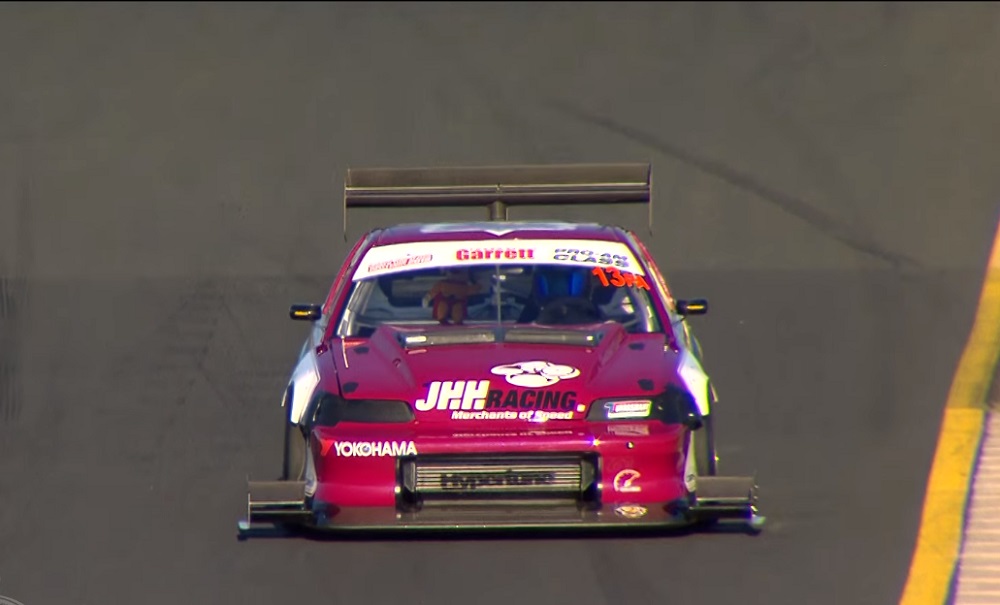This Time Attack Honda CRX Can Outrun GT3 Cars
Australia’s bantamweight ‘Mighty Mouse’ gives a proper kick in the teeth to ‘traditional’ time-attack builds, and GT3 race cars.
“Quicker than an Aston Martin Vantage GT3.” You can’t say that about many Hondas, but Rob Nguyen’s “Mighty Mouse” 1990 Honda CRX proved that very thing at last year’s World Time Attack Challenge (WTAC) at Sydney Motorsports Park in Australia.
With a blistering 1:27.61 lap of Sydney, Nguyen ran 0.1 quicker than the GT3-class record at the track. It also put him second in WTAC’s Pro-Am class less than 0.2 behind a mean Mitsubishi Evo 9 and fifth-quickest overall.
In an event chock full of boosted-to-the-moon GT-Rs, S15s, and Evos, how does a pint-sized CRX with wrong-wheel drive compete? The High Performance Academy caught up with 101 Motorsport, who built the car, to discuss the details below.

The Mighty Mouse has evolved with the increasing pace of change in WTAC. From the car’s 2015 run, Nguyen and 101 doubled the output of the K20/K24 hybrid by adding a centrifugal supercharger. With the blower running 18 pounds of boost, the 2.5-liter K engine dyno’s at almost 480 horsepower at 7,500 rpm.
That means enough power that 101 Motorsport had to swap out gearsets because the Mighty Mouse would have run out of gear at 155 miles per hour long before the end of Sydney’s long straight. The new gearset means redline in top gear is at an astonishing 170 miles per hour.
The team opted for a supercharger instead of a turbocharger to give better control over the power for Nguyen. With a blower, the power delivery comes in a more linear fashion than a turbo. Even so, the front-wheel-drive setup requires engine management to bleed off boost in lower gears to minimize on-power understeer.
Aero it out
The team also hired former McLaren F1 engineer Barry Lock to design the aerodynamics package. With the addition of power, the team added significant downforce levels to the front to improve grip on the drive wheels. To maintain aero balance, that also meant adding downforce to the rear.
The whole CRX weighs about 1,750 pounds and with the power on tap, it’s small wonder that even with front-wheel drive the Mighty Mouse can outrun a GT3 car and would leave a Virgin Australia Supercars chassis in the dust.
The most remarkable part might be that the team’s sum total of pre-race testing amounted to three laps, which means they showed up with an unproven car and came in fifth-quickest. You can bet there’s more pace in the car and that you’ll see it running even harder at this year’s WTAC in October.
Here’s the High Performance Academy talking about the car:
